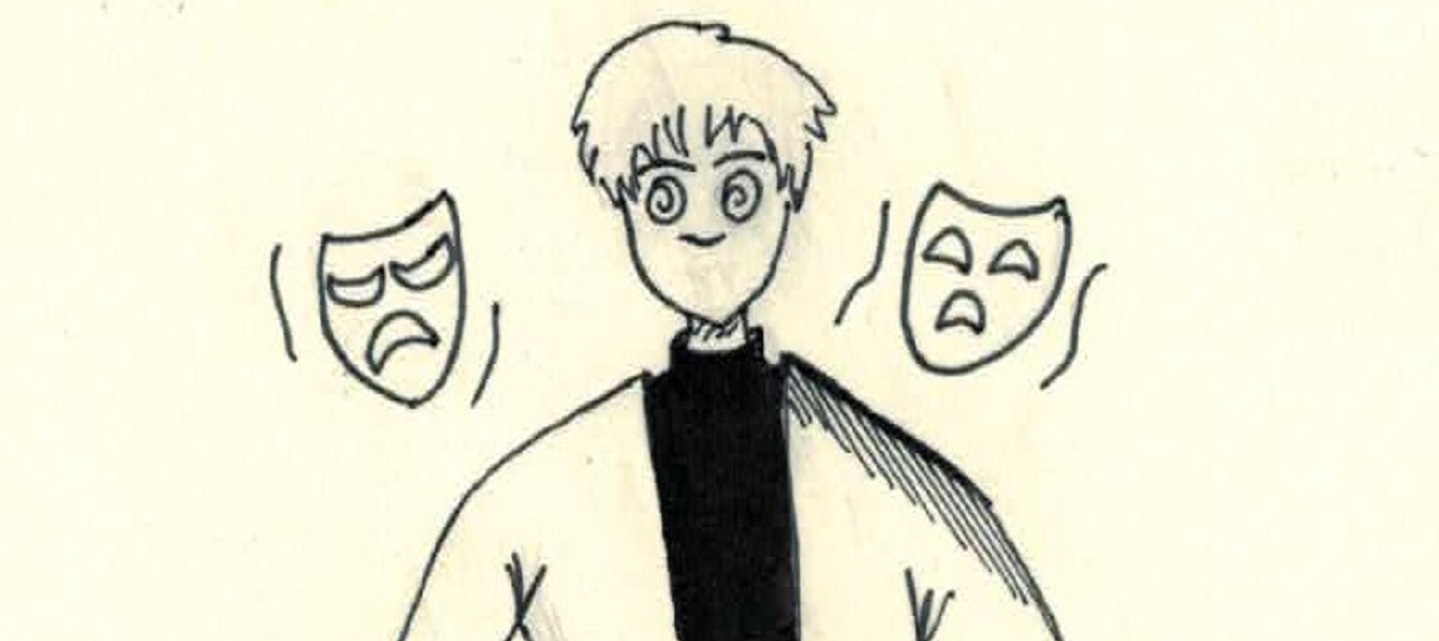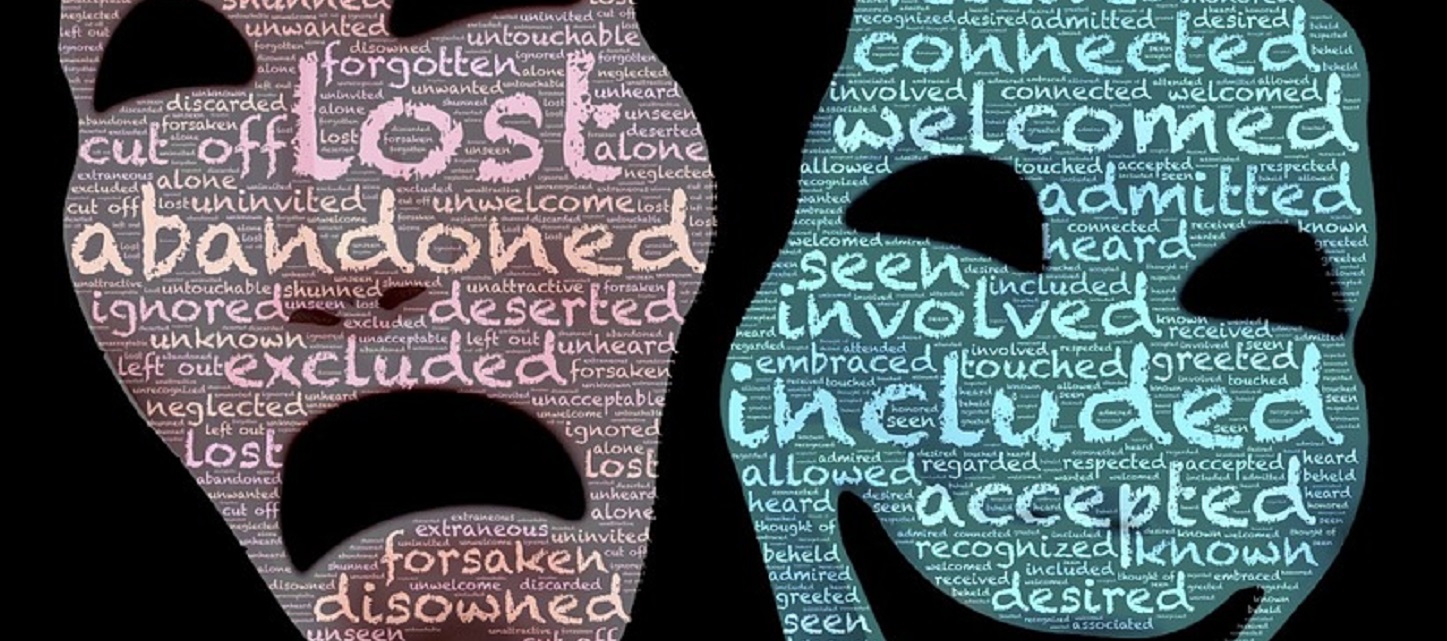Category: Techniques
-

Creating Magical Romance Play
in
How do we use romantic play to deepen a character, creating an engaging story about emotions that enriches play for all parties involved.
-

Basics of Efficient Larp Production
in
An alternative mode of production to the Infinite Hours of labor often spent in larp organizing and volunteering.
-

The Magic of the Silicon Screen
in
Since the Covid-19 pandemic, mainstream larp has ventured into the magic of modern technology and what it has to offer.
-

Atypical: Journeys of Neurodivergent Larpers
in
Needs and traits that must be highlighted for neurotypical players and organizers to better understand their neurodivergent counterparts.
-

More Than A Few Funny Words: Designing Magic Systems That Convey Challenge & Rigour
in
A method of creating a system of magic for larp that can achieve many of the desired aesthetics of complexity, challenge, and scholarship.
-

Tarot for Larpers
in
Using tarot readings in larp to deepen and intensify the experiences of co-players.
-

Larping Before the Larp: The Magic of Preparatory Scenes
in
How short facilitated scenes larped during workshops can enhance play.
-

10 Steps for Integrating Transformative Experiences
in
Whether you’ve been through a larp, a work of magic, a psychedelic experience, integration roughly works the same way.
-

Immersion through Diegetic Writing in Character
in
Examples, case studies, and testimonies from larpers about in-game writing.
-

We Share This Body: Tools to Fight Appearance-Based Prejudice at Larps
in
How fatphobia, ageism, and rejection based on perceived attractiveness can influence play and negatively impact larpers.